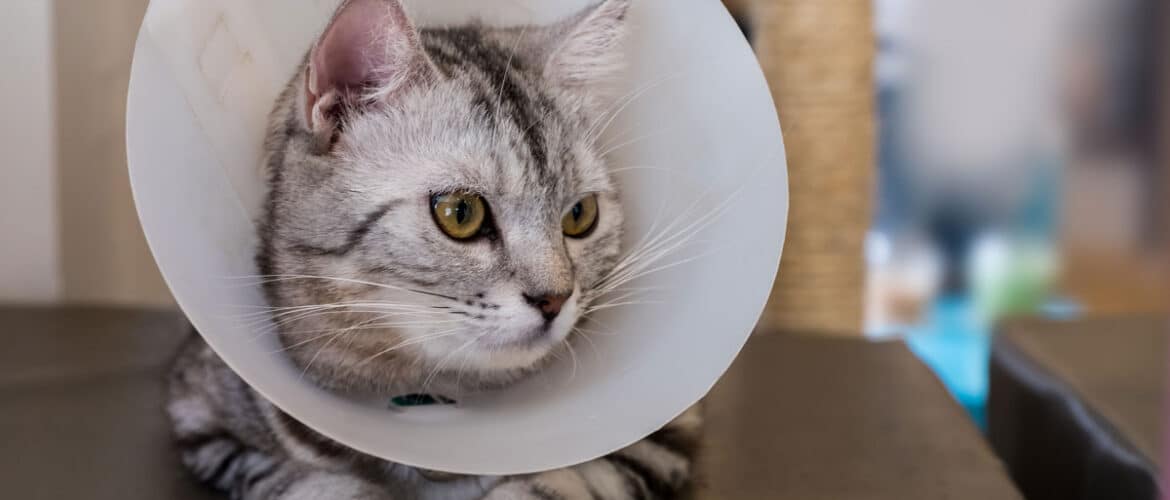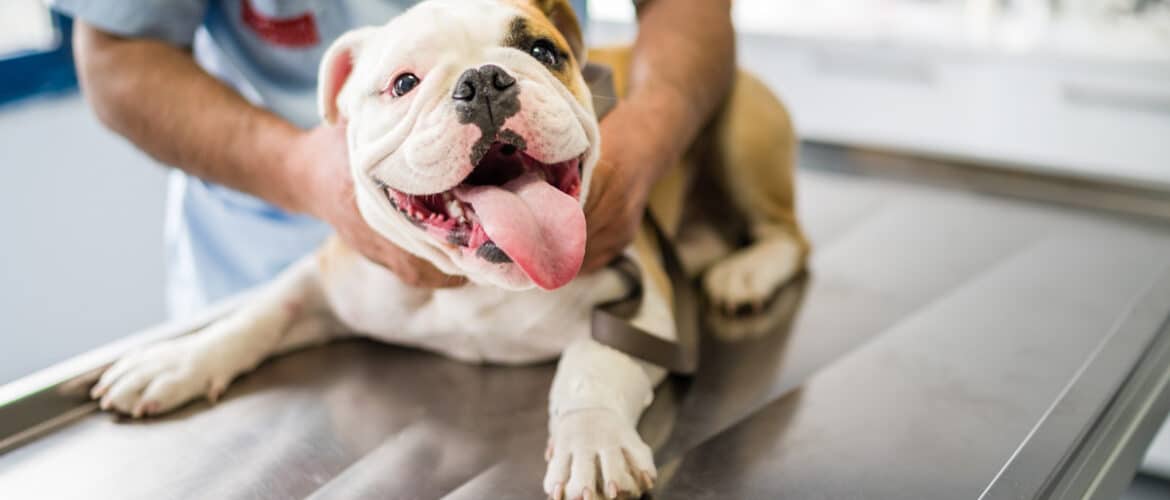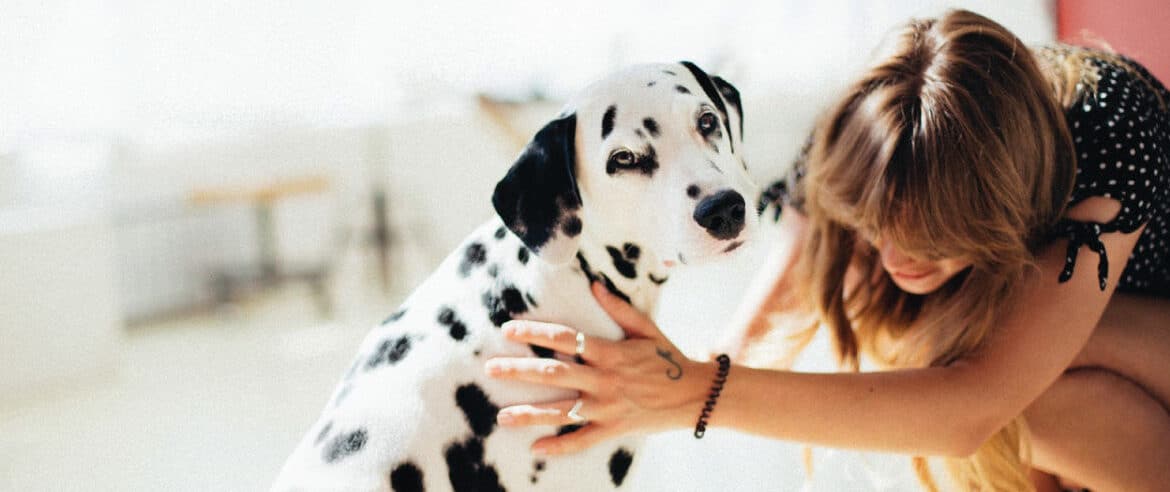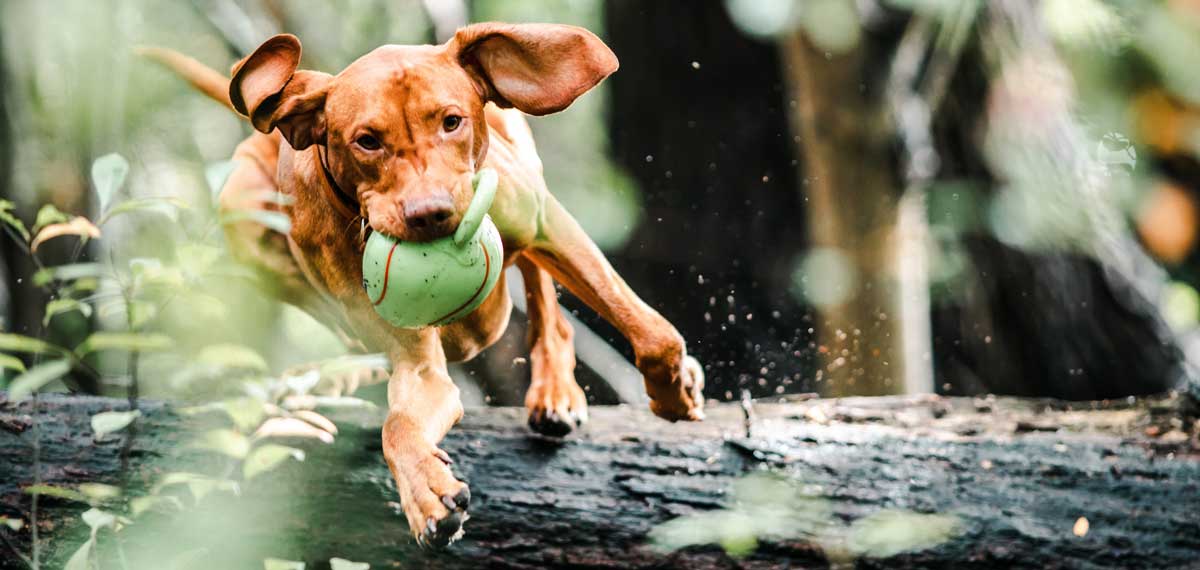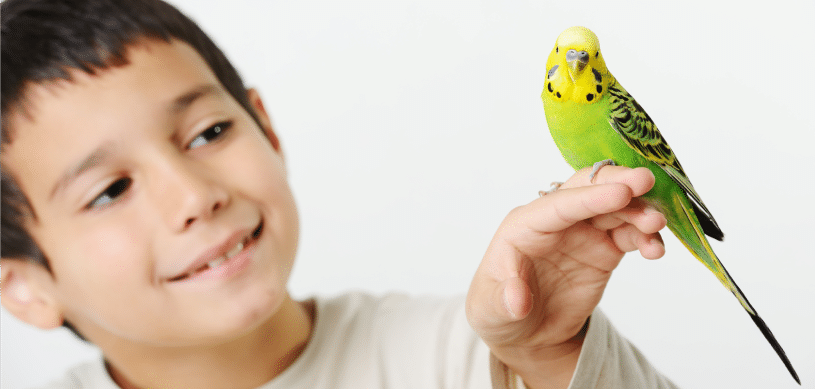Whether it’s routine spaying and neutering, orthopedic services, exploratory, soft tissue procedures or other, when your pet needs surgery it can be an overwhelming process for pet owners. However, with the proper pre- and post-surgery care and a veterinarian that... read more
Clinic Protocols: Improving Vet Visits for Your Pet
Everyone here at GVAH is happy to see that there is some normalcy returning to our lives and hopefully yours. Going through this pandemic has been stressful for everyone and we are proud that people have come together to help... read more
4 Tips for Traveling with Your Pet
Summer is a wonderful time to pack a bag and set out on an adventure by yourself or with a loved one. For many people, their go-to travel buddy is their dog, cat, or other beloved pet. Whether you’re flying... read more
Protect your Pet Against Heartworms, Fleas, and Ticks
As excited as we are for the arrival of spring, we can’t forget about the hazards outside that can potentially harm our pets. Let’s learn about what we should be aware of when our four-legged friends are playing on those green fields.... read more
The Basics of Bird Care
Looking for an outgoing, quirky, lifelong friend that is the life of the party but also a great listener? Then you may want to consider coming home to a pet bird! From their low-maintenance lifestyle to their intelligence, calling a... read more

